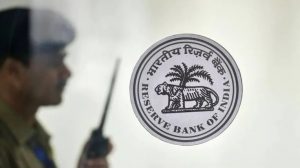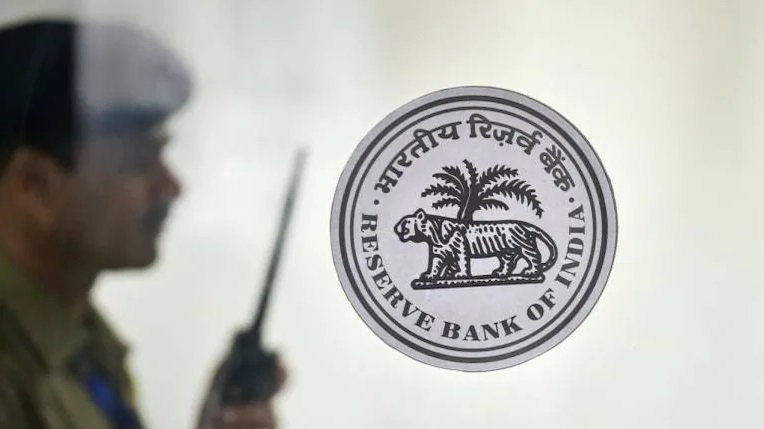
The Reserve Bank of India (RBI) has released the framework for geo-tagging of payment system touchpoints. The framework is part of the central bank’s focus for deepening digital payments and providing inclusive access to all citizens of the country. Geo-tagging of payment system touchpoints will enable proper monitoring of the availability of payment acceptance infrastructure like Points of Sale (PoS) terminals, Quick Response (QR) codes, etc.
Buy Prime Test Series for all Banking, SSC, Insurance & other exams
About the Geo-tagging of Payment System:
Geo-tagging of Payment System TouchPoints/acceptance infrastructure under Section 10 (2) read with Section 18 of Payment and Settlement Systems Act, 2007 (Act 51 of 2007). This system will be deployed by banks / non-bank Payment System Operators (PSOs) to ensure proper monitoring of the availability of payment acceptance infrastructure. The framework was issued on the lines of the Monetary Policy Statement 2020-21of October 08, 2021.
There are broad categories of physical infrastructure for digital payment transactions carried out by customers using payment touch points. Firstly, banking infrastructure comprises bank branches, offices, extension counters, Automated Teller Machines (ATMs) / Cash Deposit Machines (CDMs), Cash Recycler Machines (CRMs), micro-ATMs used by Business Correspondents (BCs), etc. Secondly, payment acceptance infrastructure such as Points of Sale (PoS) terminals, Quick Response (QR) codes deployed by banks/non-bank Payment System Operators (PSOs), etc.
Extra Info:
Fully Owned Subsidiaries of Reserve Bank of India (RBI):
- Deposit Insurance and Credit Guarantee Corporation of India (DICGC),
- Bharatiya Reserve Bank Note Mudran Private Limited (BRBNMPL),
- Reserve Bank Information Technology Private Limited (ReBIT),
- Indian Financial Technology and Allied Services (IFTAS),
- Reserve Bank Innovation Hub (RBIH)




 Which Lake is known as the Five Flower L...
Which Lake is known as the Five Flower L...
 Which Waterfall is known as the Smoke th...
Which Waterfall is known as the Smoke th...
 Gaganyaan and Artemis-II: Landmark Human...
Gaganyaan and Artemis-II: Landmark Human...







